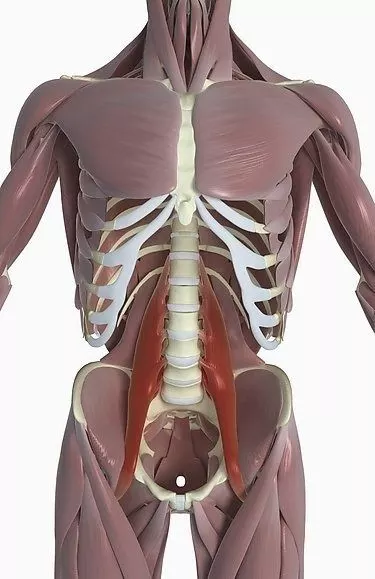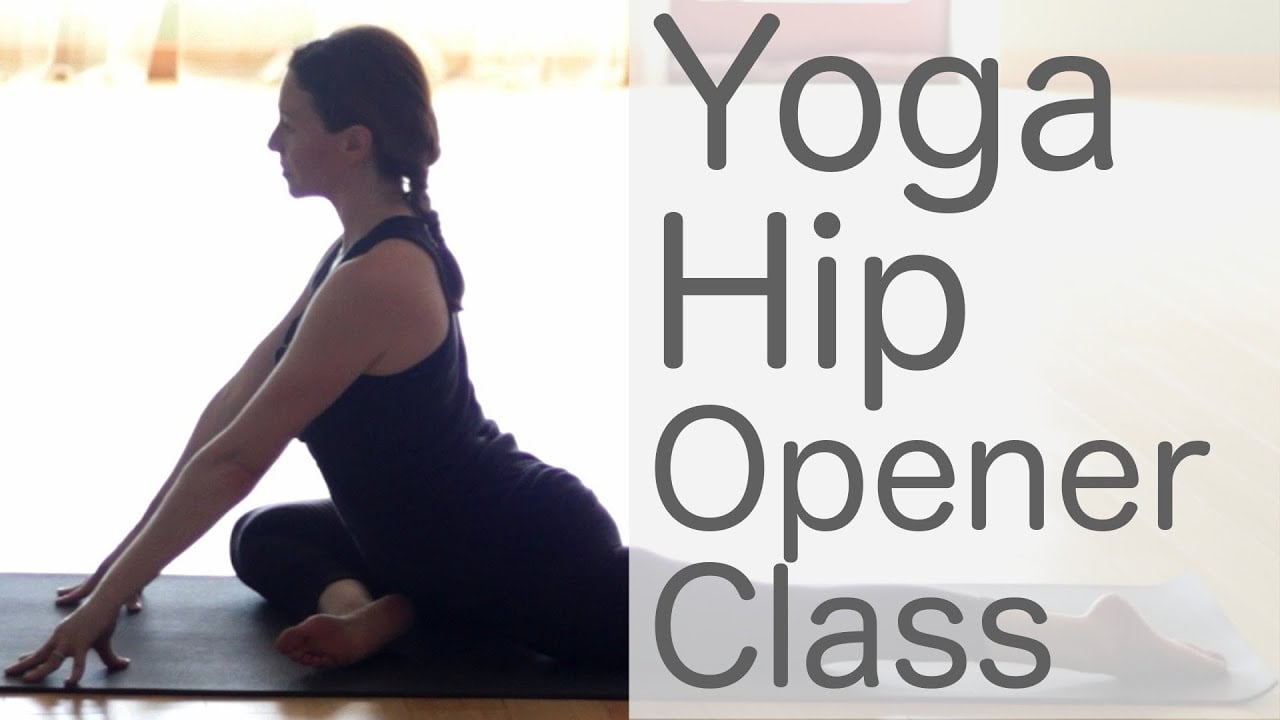“One thing you can’t hide – is when you’re crippled inside.” ~ John Lennon
The pelvis is shaped like a bowl and the spine just like a straw that is dipped in the bowl, connecting the brain to the entire network in the body. A complex unit of muscles, bones, tendons, fascia fibres and ligaments, pelvis houses integral muscles connecting the upper and lower extremities.

Our mind often tucks away emotions, stress, pain in the confines of the hip bowl. That is why our hips are referred as the junk drawer or the store room for dodged emotions. Hips acquire a central role in our lives. The main muscle groups of the hip flexors, iliopsoas muscles, sartorius and Rectus Femoris, are responsible for the flight, fight and freeze response in the body.
Liz Koch in her article Psoas Health – Trauma recovery protocol said “Our ancient (reptilian) brain recognizes danger by smell, look, feel and sound.” Since childhood, our sympathetic nervous system prepares your body for any form of dangerous, stressful situation or sudden shock by contracting the hip flexors and the muscles in the middle body.
Parasympathetic nervous system, responsible for ‘rest and digest’ or ‘feed and breed’ syndrome, neutralizes the impact of the sympathetic nervous system and creates a sense of harmony in the body.
Due to a highly strenuous atmosphere, our body resets the benchmark of the usual state of being, and pushes the hip flexors on alert.
By now, the body recognizes the tightness of hip flexors and suppressed emotions to be a natural state of being, which hampers the functions of the autonomic nervous system.
Psoas Muscle – Trauma to Recovery
A significant part of instinctual reflexes, the psoas is the only flexor muscle connecting the spine to the legs and fascia connecting to the diaphragmatic breathing system. A tight psoas muscle, therefore, leads to shortness of breath or chest breathing, adding to stress further. The cyclical motion of stress, which indirectly affects the psoas and a tight psoas attributed to stress levels, cannot be broken until an external stimulus is applied.
Liz Koch further adds that the fear of falling, getting into a dangerous situation, is yet another instinctual reflex.

As the body recognizes such a situation, it slips into a safety zone. “..the psoas pulls the extremities together into a fetal pose, creating an enclosure, a sense of safety and protection for the soft, vulnerable parts of the body: Genitals, belly organs, lungs, heart, and face. Curled, the spine gives the necessary resilience and strength against the imminent blow.”
The emotional traumas imbalance the deep core along with the psoas and create restrictions in the root and sacral chakra.
After a trauma, it is the need of the body to come back into a safe restoration mode. But just by telling someone that they are safe, the restoration does not fall back. The body has its system to break free from the setback.
Sometimes this breakthrough comes through re-enactment of an incident in the mind and a feeling of overcoming it. We release the deeper levels of emotions gradually, as the feeling of safety starts to set in. But the frozen residual traumatic energy is still left in the psoas and hip area, as some of the strongest muscles are situated in this region.
So what should one do to release the psoas muscles and free your body from trapped emotions? Just by massaging the psoas muscles or activating them, we might trigger the memories of the past.
A conscious awareness, a resolved psoas (of the facilitator, like the chiropractor or yoga teacher), and supportive positioning can lead to a gradual recovery.
Sacral Chakra – The Store House of Trapped Emotions
Yet another reason for the hips to be the safe house of traumatic emotions is because of the Sacral chakra. Located under the belly button, this chakra engulfs the entire pelvic area. The center of emotions and passions, a blocked Sacral Chakra, is a ploy for trapped emotions. As per Yogic philosophy, the chakra stores any form of emotions and experiences. Our relationship with others as well as with ourselves is defined by this chakra.
An imbalance in the sacral chakra is often denoted by an inability to express our emotions and blocking them permanently. If there is an imbalance in the orange energy system, the sensory organs, genitals, hips, spleen, womb, etc., would indicate an excessive need for attention or low functioning.
Free Your Body from Trapped Emotions
With alternate sciences gaining a warm acceptance, art forms like Yoga, Trauma Release Exercise (TRE), Fascia Unwinding, Hands on Healing, Meditation, Visualization techniques, all are being taken up. Many war survivors, soldiers, people survived in car accidents are being subjected to such therapies.
A report in Trauma Release Exercises (TRE) on Quality of Life by Taryn McCann states that, TRE is useful in improving the mental and physical health of the patients. “TRE represents one such potential method. It is a cost-effective, self-help technique that can be easily taught, either one-on-one, or to large groups of individuals. The exercises are simple and adaptable to suit individual fitness and physical capabilities.”
Some of the TRE are Constructive Rest Position, rocking back and forth on Fetal Position, flexing and pointing the feet, shaking and rotating the legs, etc.
Often noticed, people in hip opener classes face sudden burst of emotions. In a detoxification camp or a yoga teacher training course, we find ourselves crying for no rhyme or reason.
The reason is activating of a tight psoas muscles, or stimulated tissue/cell memories of the trauma.
Some of the yoga poses constructive for freedom from trapped emotions are: Child’s pose or Balasana, Half Pigeon Pose (Ek Pada Rajakapotasana), Butterfly pose, Low lunges or Anjaneyasana, Wide Angle Seated Pose or Upavistha Konasana etc. Varying in their levels, practice the poses easily and gradually move to advanced ones.
Supple psoas muscles and free hips are not just about releasing emotions. Although this forms an integral part of the entire process, multiple other issues are resolved too.
Like relief from lower back pain, unstable posture, support in sitting for longer hours in meditation, stronger core muscles, relaxed breathing, stress-free life, healthy kidney, good sexual life etc.
The video will help you understand the emotional code of the body, as per the book Emotion Code by Dr. Bradley Nelson, and why it’s important to free your body from trapped emotions.
Image Source
Yoga
Anjaneyasana
Psoas muscle
Trapped emotions







